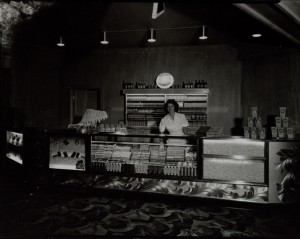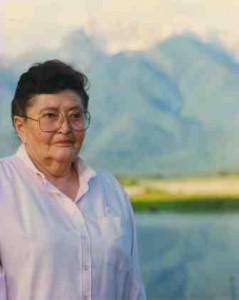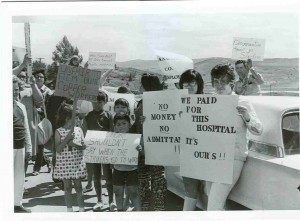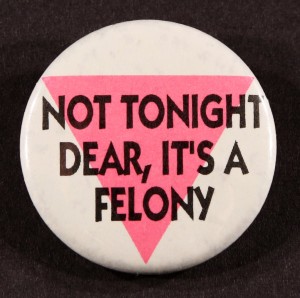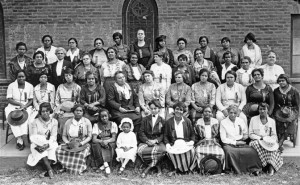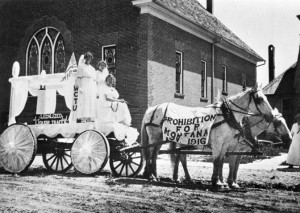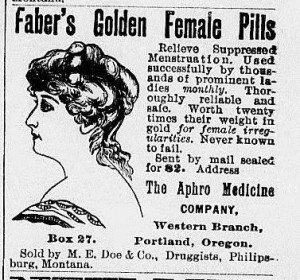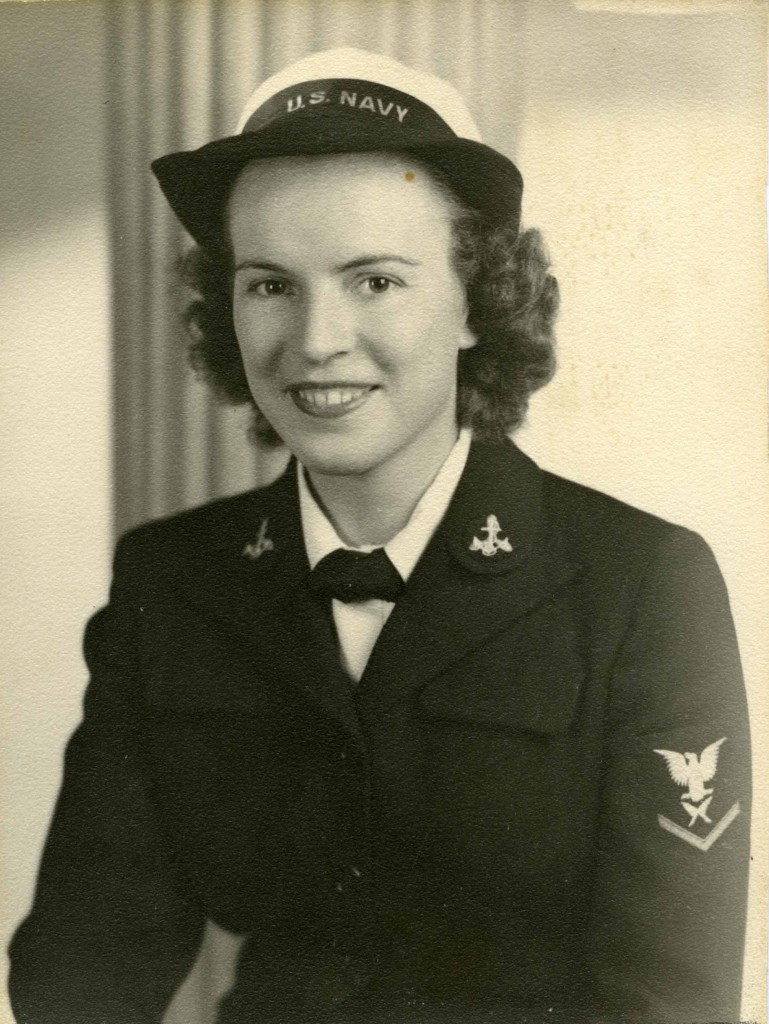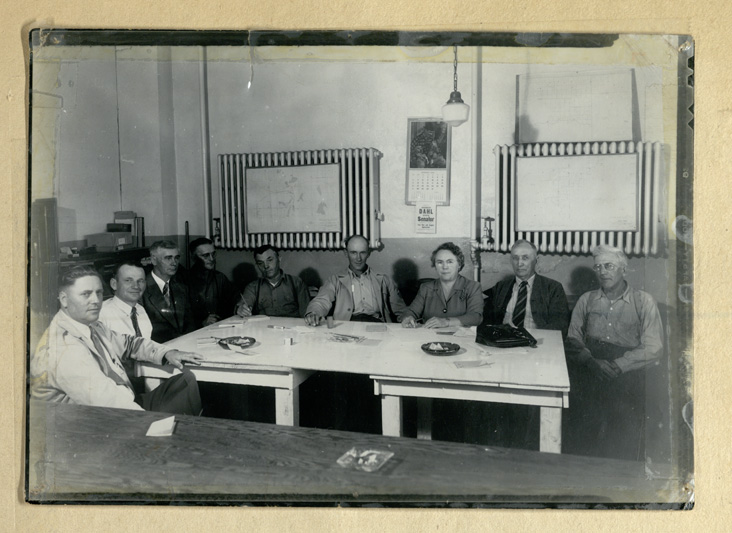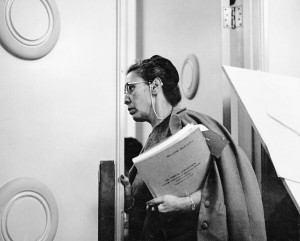
In the mid-twentieth century, American Indian tribes faced crippling poverty, enormous land loss, and attacks on their status as semi-sovereign nations. One Montanan integrally involved in the efforts to fight these injustices was Freda Beazley, an Assiniboine woman from Klein and the widow of a former state legislator. Beazley served on the advisory council to Montana’s Office of Indian Affairs, the first such agency in the nation. She was an officer on the Montana Intertribal Policy Board (MIPB), the National Congress of American Indians (NCAI), and the Affiliated Tribes of Northwest Indians. She was also the first coordinator of Rural and Indian Programs for Montana’s Office of Economic Opportunity (OEO). Throughout the 1950s and 1960s, Beazley worked steadfastly at state and federal levels to protect tribal sovereignty, end poverty, and improve Indians’ education and employment opportunities.
Continue reading Freda Augusta Beazley and the Rise of American Indian Political Power
